Iran-US relations: Nine cartoons tell the story
This week Iran and the US reached an historic nuclear deal, paving the way for a new relationship between the one time foes. But many in America still see Iran as an enemy. We chart relations between the two countries through political cartoons.

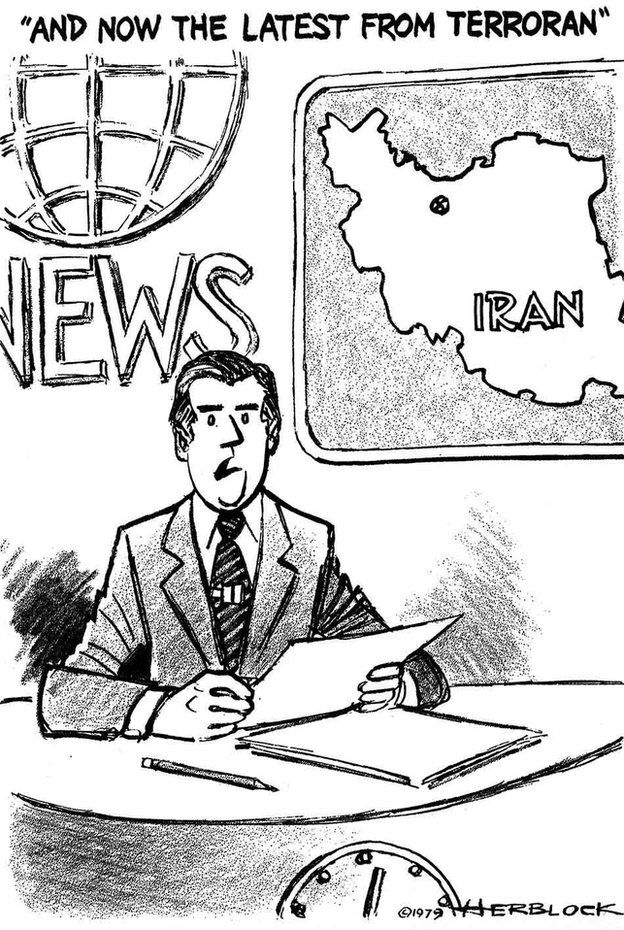
'Terroran'
In the late seventies, a revolution in Iran toppled the pro US government. Ayatollah Khomeini became the Supreme Leader of Iran in 1979. But the real nadir in US-Iran relations began later that year, when revolutionary students stormed the US embassy in Tehran, beginning the Iran hostage crisis. America imposed sanctions against Iran, and diplomatic ties were severed. As this cartoon from that year depicts, Iran was seen by many Americans as "Terroran".


Fear of Iran
During the 1980s, the Iran-Contra affair made headlines. The US was secretly shipping weapons to Iran, allegedly in exchange for Tehran's help in freeing US hostages held by Hezbollah in Lebanon. The proceeds of the arms sale also were said to fund Contras rebels in Nicaragua. It created a political crisis for then President Ronald Reagan. Gallup Polls from 1989 onwards, showed American perception of Iran to be overwhelmingly negative, a view which hasn't changed much since then.


The Axis of Evil
While there's been a deep distrust of Iran in the US for decades, the country hasn't always been seen as public enemy number 1. In 2001, polls suggested Iraq was the country which posed the greatest threat to Americans, followed by China. Back then only 8% of Americans saw Iran as the greatest enemy. But after President Bush delivered his famous "Axis of Evil" speech, which included Iran, impressions began to change.

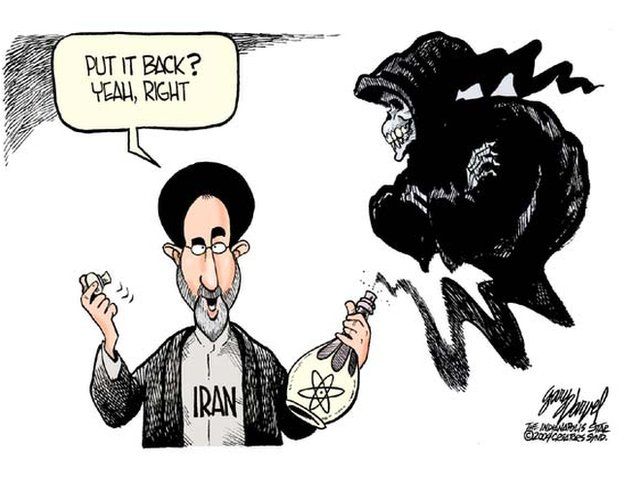
The nuclear question
By 2004, more questions were being asked about Iran's nuclear enrichment ambitions. Iran admitted processing "yellowcake" uranium, but President Mohammad Khatami insisted his country's nuclear policy was peaceful. The UN's nuclear watchdog called on Iran to suspend all enrichment-related activities.

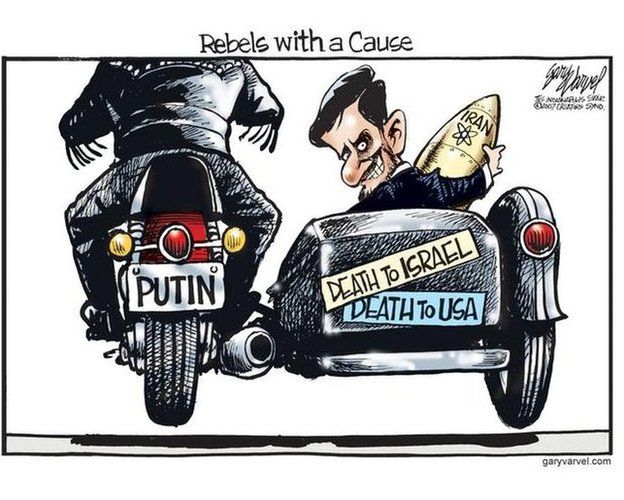
The biggest threat?
By 2006, Iran was perceived as the country which posed the biggest threat to America, the number 1 enemy, according to polls. This coincided with the election of a new leader Mahmoud Ahmadinejad, who gained notoriety for his controversial comments on 9/11 and Israel.

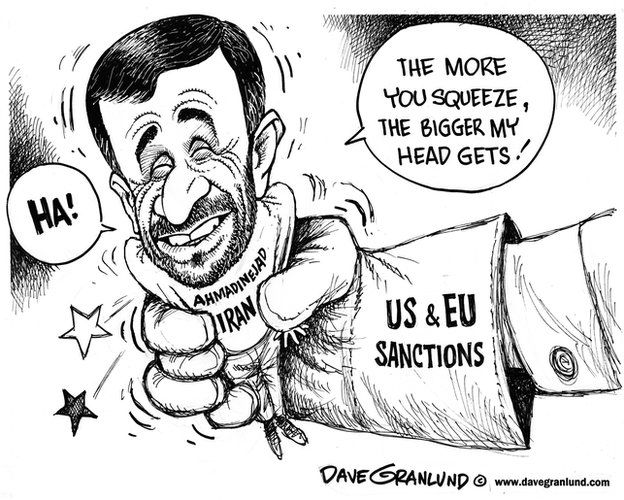
Under pressure
Ahmadinejad believed Iran had an "inalienable right" to produce nuclear fuel, and lifted prior agreements to suspend uranium enrichment. It led to tougher US sanctions against Iran.

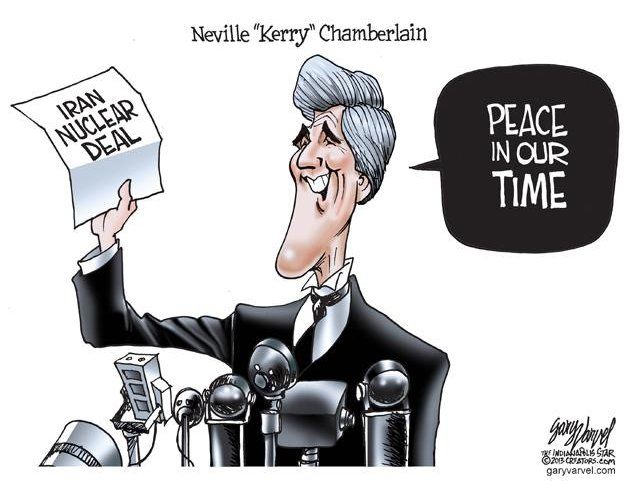
Nuclear talks
The election of Hassan Rouhani in 2013, set a new tone for US-Iran relations. President Obama's call to Rouhani that year, was the first contact leaders from the two nations had had since 1979. An opening up of dialogue between the two countries led to the resumption of nuclear talks and a partial lifting of sanctions.

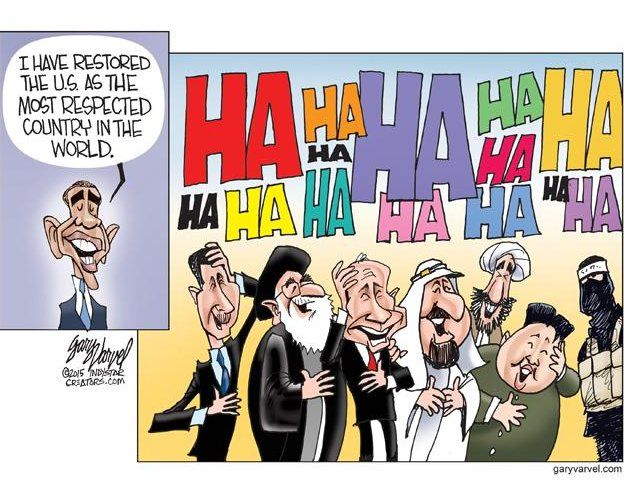
No longer enemy number 1
As the talks continued over several months, at some points teetering on the brink of collapse, US public opinion started to shift somewhat. Iran, still a country seen negatively by Americans, was no longer top of the public's perceived enemies. Recent tensions with the Kremlin have pushed Russia to the top spot, Iran is now fourth after North Korea and China.

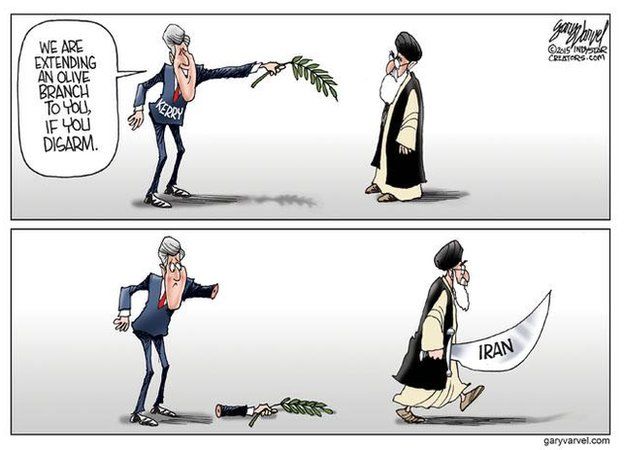
Deal or no deal
But the general trend is the same - Americans don't see Iran positively and, at least when it comes to the general public, attitudes haven't drastically changed over the course of the past few decades. A poll conducted on the eve of the historic deal with Iran, suggested recent diplomatic success will not change the way people see Iran.

Cartoons courtesy of The Herb Block Foundation; Gary Varvel, The Indianapolis Star, Creators Syndicate; Cagle Cartoons.
No comments:
Post a Comment